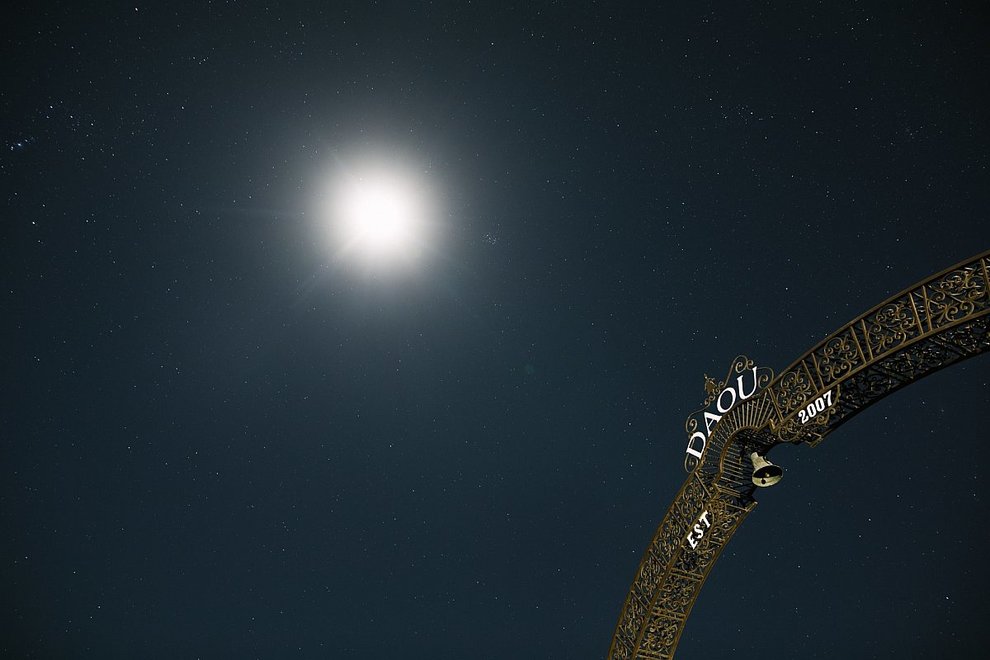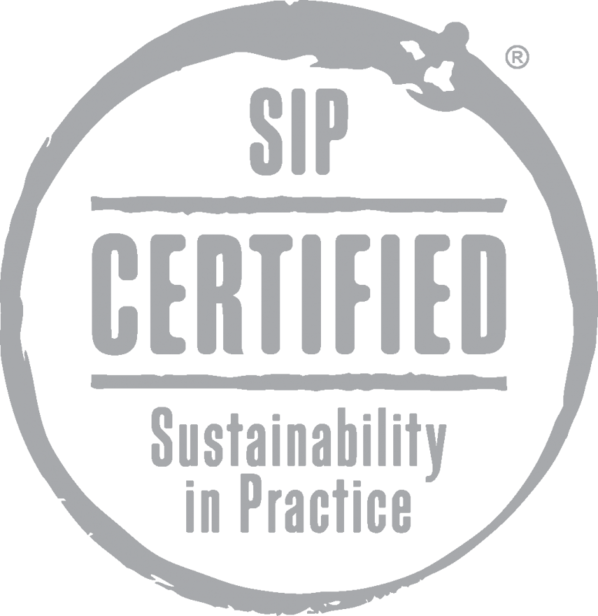View holiday shipping information here.
Unlocking Our Terroir
Wine is nothing less than a miracle of nature. The four seasons are like chapters in a book that never fails to tell a remarkable story. From winter through fall, we witness an astonishing transformation in the vineyard through the year, from stark dormancy to lush greenery resulting in sweet grapes. Let us walk you through the seasons of the growth cycle that gives birth to a new vintage each and every year.




Pruning
As the weather warms up in early spring, the vine’s remaining buds break open - a stage of growth known as “bud break.” First, the buds begin to swell then pop open to reveal the first green growth of the vintage. Soon, you will see baby leaves and the beginnings of new canes, and in time the tiny precursors to grape clusters begin to form. The growing season is now officially underway.

Bud Break
As the weather warms up in early spring, the vine’s remaining buds break open - a stage of growth known as “bud break.” First, the buds begin to swell and then pop open to reveal the first green growth of the vintage. Soon, you will see baby leaves and the beginnings of new canes, and in time the tiny precursors to grape clusters begin to form. The growing season is now officially underway.
Fruit Set
After bud break and initial shoot growth, the “flowering” period arrives in the spring as the baby clusters shed their hard caps. This shedding reveals tiny blooms, which are designed to self-pollinate. Successful pollination results in fully realized grape clusters and “sets” the crop for the coming harvest. We always want mild, steady weather during the flowering period.



Veraison
Veraison is the process whereby the young berries turn color, from green to purple. This phase marks the fruit’s transition point from the growth phase to the ripening phase. The grapes are now developing sugar. The acidity is diminishing, and the pH is rising. The skins are beginning to soften and the seeds start to harden. In this way, veraison marks the home stretch to harvest.
Harvest
There is nothing like harvesting at night. When you first arrive, the stars overhead take your breath away. The vineyard is perfectly still, and the air is crisp. But then the tractors start up, the portable spotlights start shining, and the crew turns on their headlamps. The darkness yields to artificial daylight, and the work begins.
As the grapes reach peak ripeness, the much-anticipated moment has finally arrived. The passion invested in the vineyard over the preceding nine months now comes to fruition. At night, we hand-pick the fruit block by block to ensure the delivery of cool fruit to the winery by dawn. The miracle of the growing season has finally been delivered - a new vintage is now born.



These graveyard shifts are a sacrifice for all involved, but they are worth it in the end. When fruit is harvested at night, it is delivered to the winery cool and fresh. The vineyard’s natural microflora are not as active as they are during the day. By keeping the microflora in check, we are able to avoid a host of potential complications during fermentation.



Preparation
All fruit from DAOU Mountain is hand picked, then sorted both by human eye and cutting-edge optical technology to ensure absolute fruit purity. Once the fruit is picked and sorted, the magic of winemaking begins.
Production
With our red varieties, we perform a “cold soak” for three to seven days prior to fermentation. Cold soaking is the act of racking the de-stemmed berries to a tank and allowing the juice to mix with the skins for a gentle extraction of color. Once we achieve the desired color, it is time to initiate fermentation with our native DAOU Mountain yeast. This is the pivot point between grape juice and wine. As the yeast feasts on the grape sugars, it converts them to alcohol and CO2 gas. The gas blows off, and the yeasts continue to work until nearly all of the sugar is consumed and the wine is considered “dry.”

Proprietary Techniques
At DAOU, we have our own advanced way of managing fermentations to achieve an uncommon balance of color, flavor concentration and phenolic richness. As Winemaker Daniel Daou puts it, “We have spent years developing our own special technique." At the conclusion of fermentation, the new wine is racked to barrels, where it undergoes secondary “malolactic” fermentation. This is the natural process of converting a wine’s malic acid into lactic acid. Without this conversion, the wine would taste sharp and angular. By contrast, lactic acid provides a soft, smooth and elegant mouthfeel.



Aging
From here, the true barrel-aging process begins, lasting anywhere from 18 to 31 months before bottling. Come springtime, we rack the wine off the “lees” - the remaining grape solids and expired yeasts that settled to the bottom of the barrel - and return it back to the barrels to continue aging.
Sustainable Practices
We promise to create authentic, pure, and conscionable wines. As a family-owned estate winery, we strive to be guardians and conservators of the land to ensure that the Mountain will thrive for generations and beyond. We are committed to multifaceted sustainable practices that have earned our vineyard SIP (Sustainability in Practice) certification. We are always focused on land, wildlife, and water management, energy efficiency, social responsibility, and ethical business practices, so our land and people and community can flourish. Every DAOU wine is an expression of this terroir and a testament to our commitment to environment and community.

“How is a great wine made? The first thing you need is great terroir. Remember that great wines are made in the vineyards.”
DANIEL DAOU, WINEMAKER & CO-PROPRIETOR